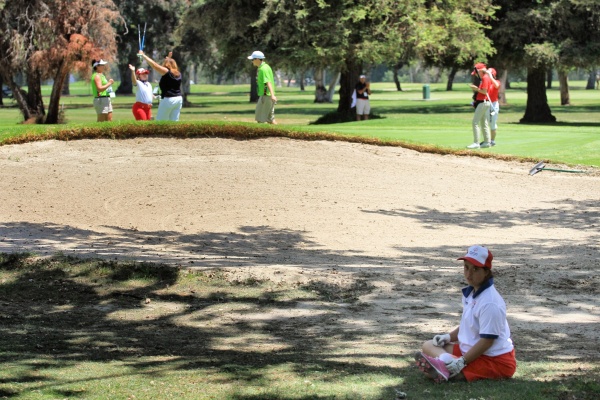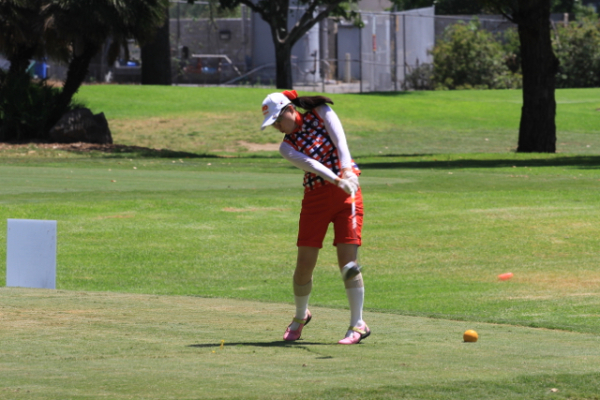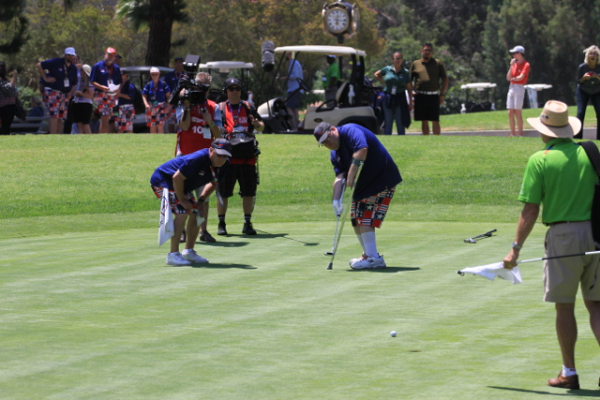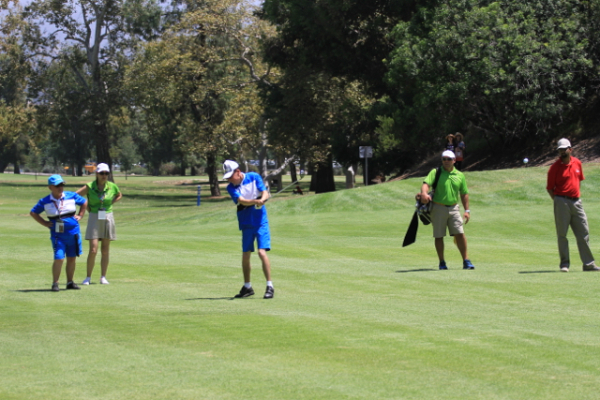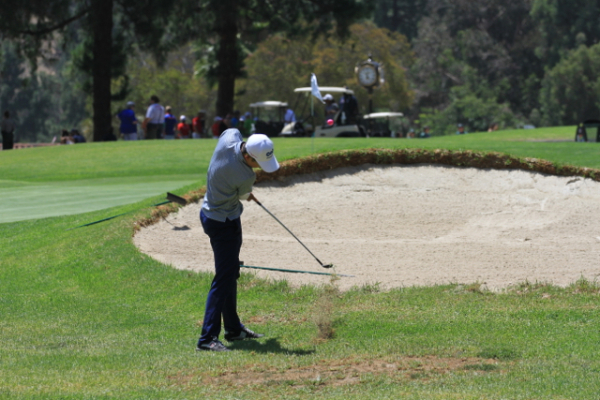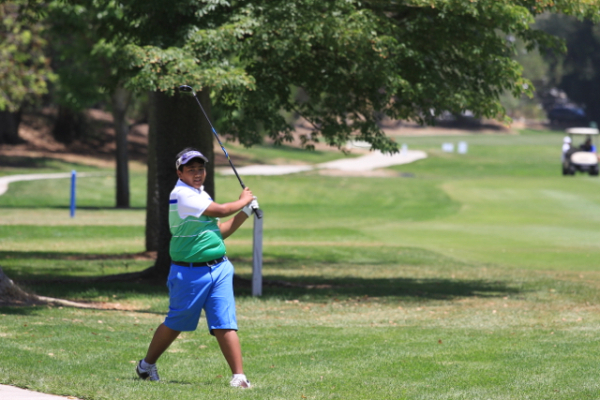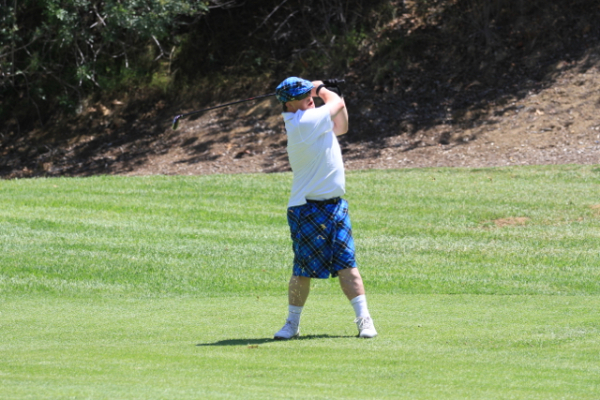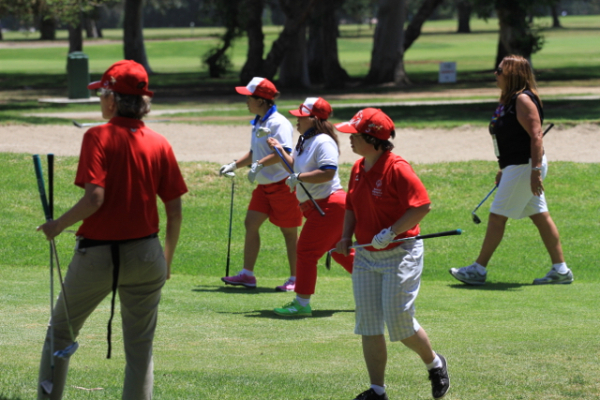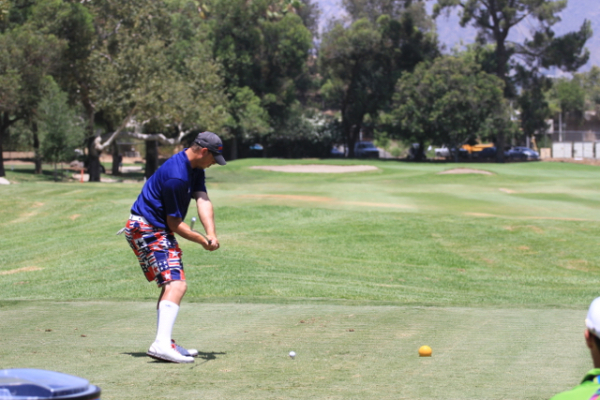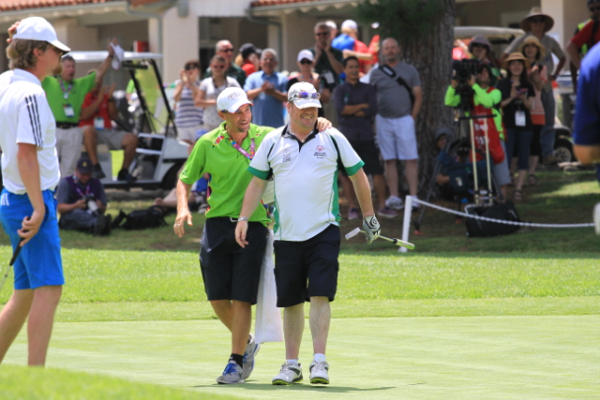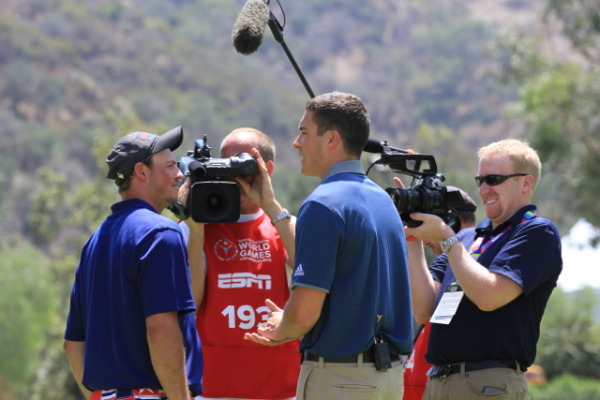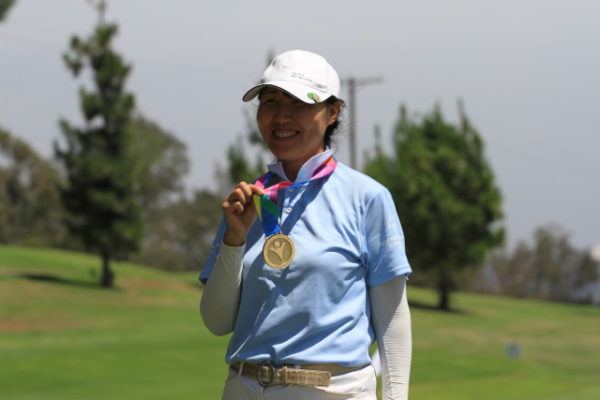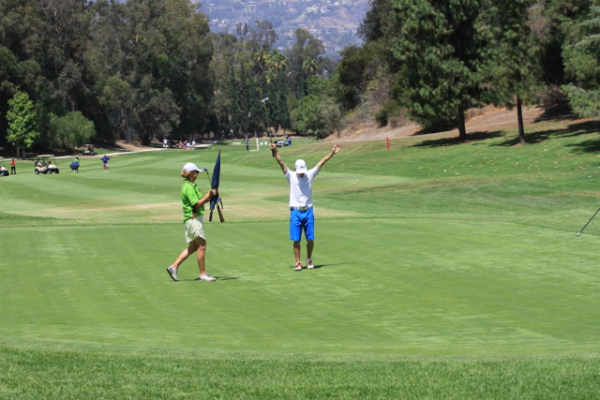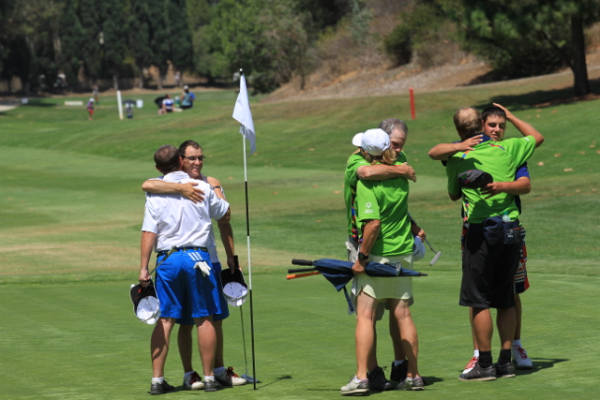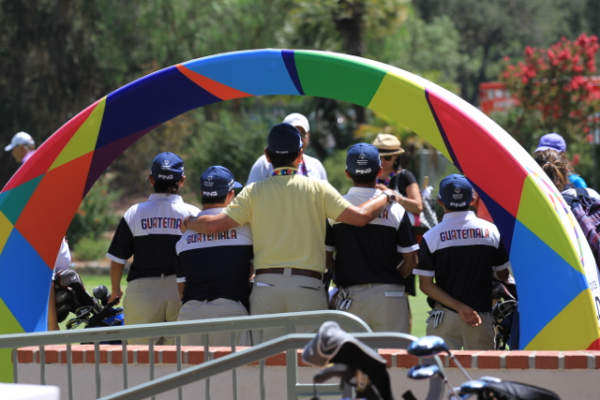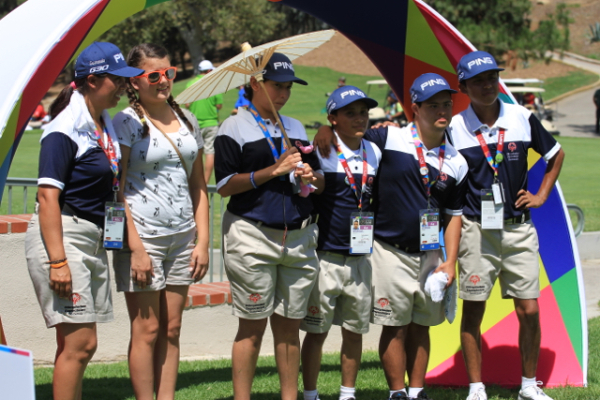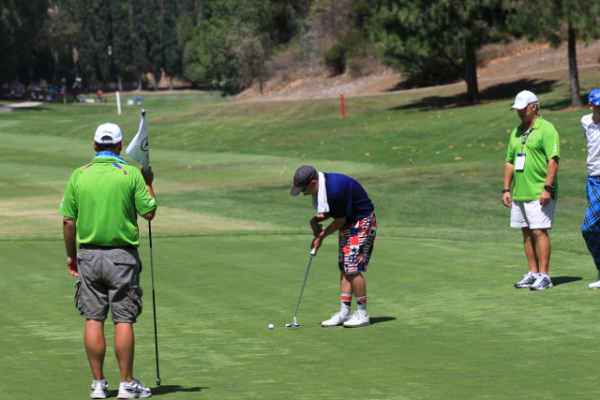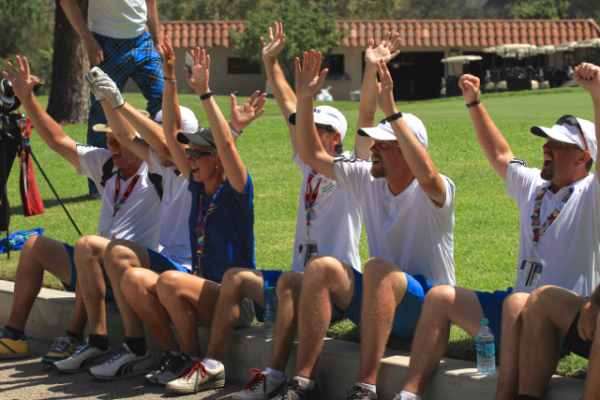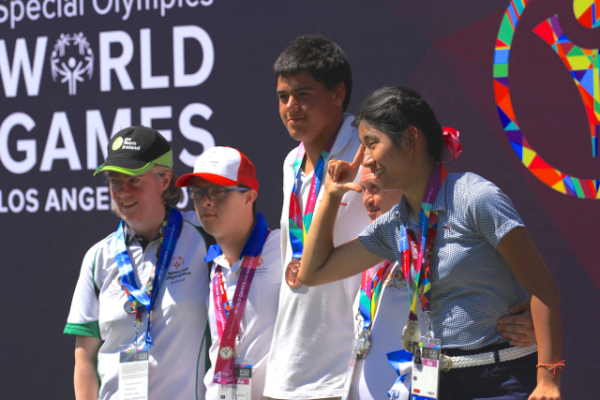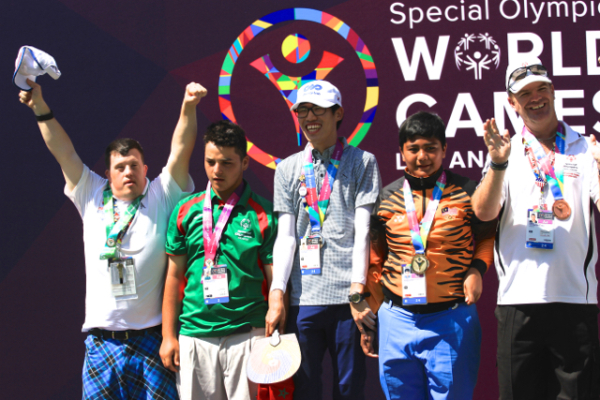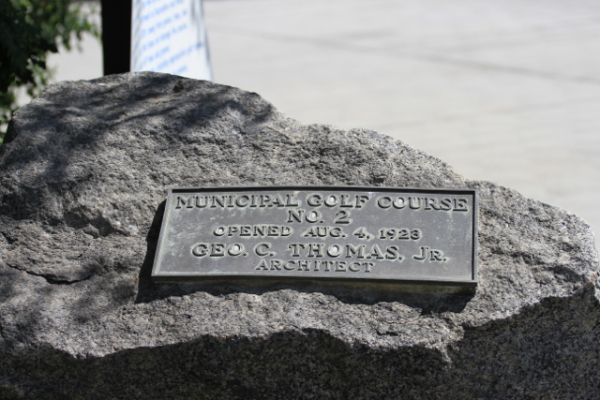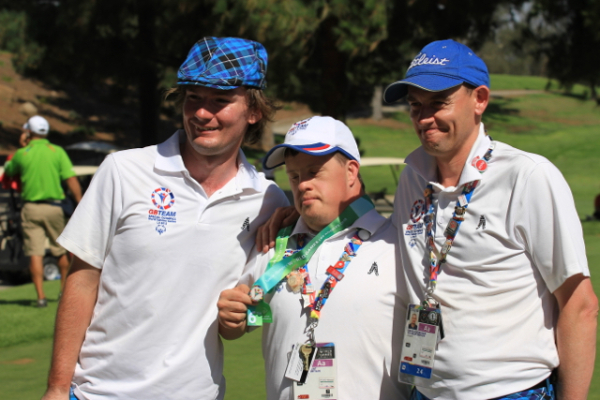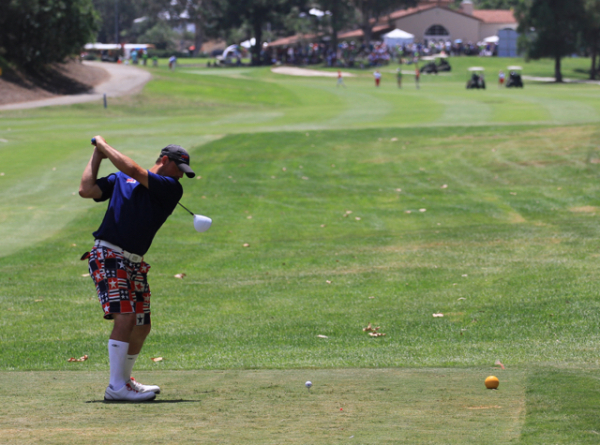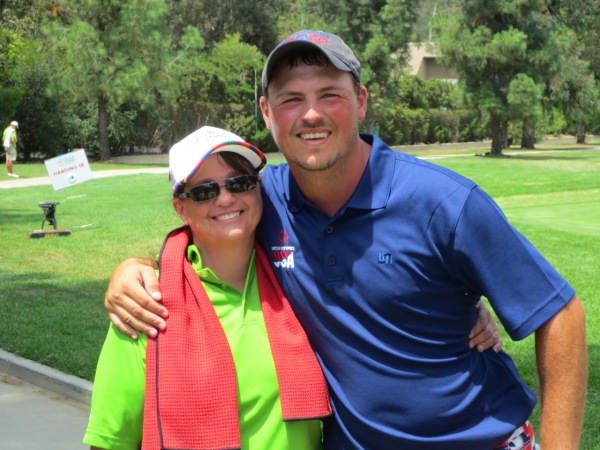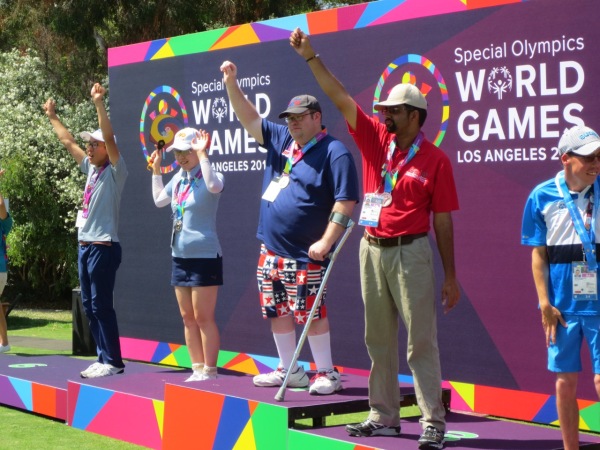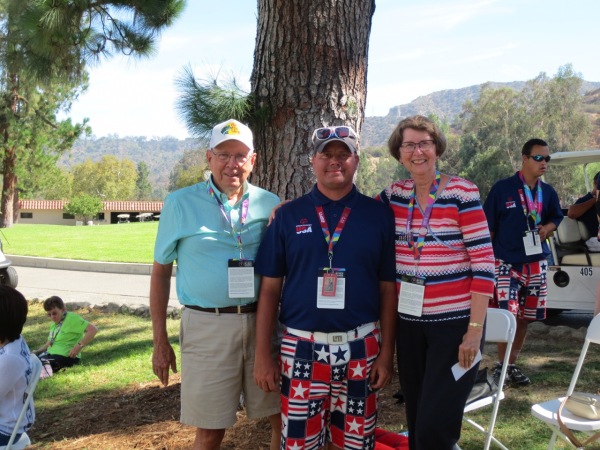Power Of Golf As Seen At The Special Olympics World Games
/Earth shattering, this revelation is not: the athletes of the Special Olympics World Games are courageous, inspirational and full of joy.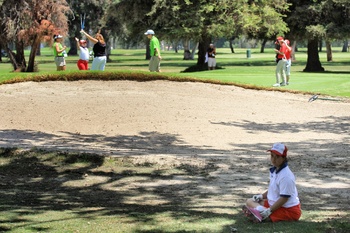 What may have been most eye-opening in watching the final day of World Games play at L.A.'s Griffith Park: how well-suited golf is for people of all nationalities, genders, ages and abilities. For all we hear about how exclusionary and difficult golf is for a mass audience, a close viewing of these special needs competitors contradicts that view and more.
What may have been most eye-opening in watching the final day of World Games play at L.A.'s Griffith Park: how well-suited golf is for people of all nationalities, genders, ages and abilities. For all we hear about how exclusionary and difficult golf is for a mass audience, a close viewing of these special needs competitors contradicts that view and more.
A few random observations followed by some images and excellent ESPN content from the Games.
--Etiquette, rules. We often hear how the many peculiar written and unspoken rules in golf can be such a turn off to new players and a new generation. Yet watching these mostly young athletes carefully observe all the basics and even the less-appreciated intricacies of etiquette, nor question when they are reminded by their caddie to behave a certain way, their actions reinforce that (A) we approach this weird game the way we do for mostly good reasons and (B) golf should not throw out our traditions to appeal to the moment without really good reason.
--The power of professional golf. From pre-shot routines, to body language, to things as simple as dress, watching these athletes reinforced just how much they are influenced by what they see on television. And in largely a good way. While we get caught up with today's slow play or bad architecture or the occasional whiny pro, for the most part, the golf presented to the world has had a positive impact on these players and other young golfers (minus the corporate logos everywhere). This was most evident when rounds were complete and players of all ages, abilities, nationality and experience engaged in 18th green handshakes and hugs.
--The beauty in golf's pace. We rightly lament the length of rounds and the potential harm slow play has on the sport. Yet many of these athletes, who grapple with issues related to attention span, were focused on their rounds and only because of the heat and humidity, appeared at select times to have their attention waiver. The deliberate nature of a golf round--9 or 18 holes spread out over several hours over several hundred acres--did not discourage these athletes. Nor did anyone appear to lose patience with a few backups caused by some unfortunate placing of lower level competitions amidst the higher caliber competition.
Below is some reading worth your time, including this Steve Craig Press Herald story on Maine's Scott Allen, whose precision pre-shot routine allows him to compete despite needing the assistance of a brace crutch. Allen took the gold in his division and posted a career best 47 in his final round play.
ESPN Sport Science looked at Allen's methodology, which doesn't translate as well to photos but is oh so impressive to watch in person.
This ESPN story on India's Ankush Saha, who has overcome brain damage to be a two-sport athlete, is also worth watching.
And a final word about level 5 winner Scott Rohrer of York, South Carolina, who posted a 12-under-par 276: he's scary long off the tee, amazingly focused on the task at hand despite any number of chances to get distracted by the back nine pace of play each day, and is a 4.7 index I wouldn't want to face.
You saw his fundamentally perfect action in the images below (and immediately below in the Team USA Stars and Stripes shorts):


